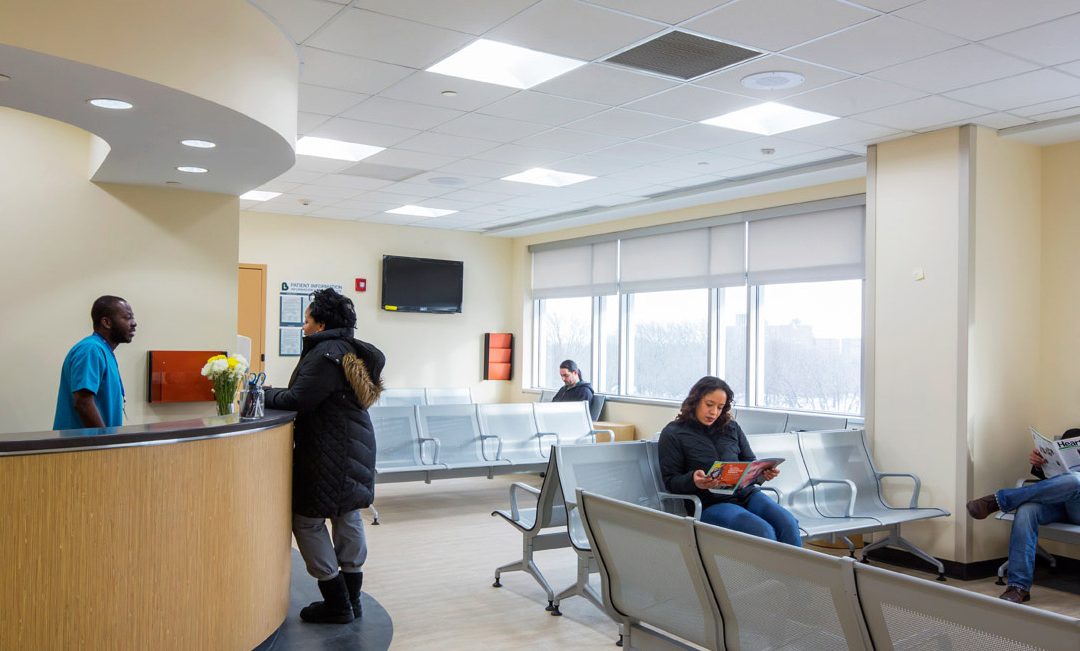Most of us have experienced the frustration of waiting long past our scheduled appointment time to see a doctor, so it’s easy to understand why patient perception of care in ambulatory settings is influenced by wait time. Research shows that patient ratings of providers decrease as wait time increases. Lengthy wait times also influence scores on the Clinician and Group Consumer Assessment of Healthcare Providers and Systems (CGCAHPS), a patient survey that some insurers tie to reimbursement and that includes the question, “How often did you see this provider within 15 minutes of your appointment time?” Here are some proven strategies for decreasing wait times and reducing the overall visit cycle time, or total time that the patient spends in the doctor’s office.
First, study the problem to understand its root causes. Start with flow mapping. Lay out each step in the patient visit, from registration to checkout, identifying where the bottlenecks or inefficiencies exist. As part of the mapping exercise, labor-management process improvement (PI) team members may want to walk through the office as if they were patients, noting any issues that may slow down patient flow.
Next, measure wait times and total cycle time, using a log to document the duration of each step in the patient visit. At minimum, log the time of each patient’s arrival, the time when the patient sees the doctor, the time when the patient’s visit with the doctor ends and the time of departure. Other points in the patient visit, such as registration, may also be logged. The Institute for Healthcare Improvement recommends tracking cycle time for 15 patients during the busiest time of the day. Either the patient or a staff person can complete the log. Tracking patients once a week after implementing your interventions to reduce wait time will help your PI team assess whether the process changes are having a positive effect. More information about measuring cycle time can be found on the IHI website.
Armed with the data from the flow mapping exercise and cycle time measurement, your PI team is ready to choose one or more ways of reducing wait times. One evidence-based intervention is holding daily staff huddles at the beginning of the day before any patients are seen, to plan for the day and facilitate communication. During the huddle, staff should review the day’s schedule, discuss possible flow issues and identify solutions for minimizing delays.
A second tactic is to create a visit status board to let patients know which doctors are on time and which are delayed. This should be a physical board that is clearly visible to patients when they enter the practice. A status board allows the patient to make practical arrangements (e.g. childcare) if their wait may be long, or to reschedule if they cannot wait.
A third tactic is to have a staff member round the waiting room every half an hour to update patients about physician delays. If any patients are upset, staff can speak to them privately after rounding. A staff member can also be designated to round the exam rooms, keeping waiting patients apprised of delays and ensuring that they are comfortable. During these rounds, staff should apologize for delays and make the patient more comfortable through means such as by a glass of water. The Studer Group’s CG CAHPS Handbook, an invaluable resource for ambulatory practices, explains these strategies in detail, providing key phrases that staff can use when rounding the waiting room and exam rooms.
LMP consultants are working on PI projects at New York City hospitals to improve wait time and the waiting experience. At Montefiore Hutchinson’s urology clinic, a labor-management team implemented a simple change to improve patient satisfaction. Noting that patients would get frustrated if someone who arrived after they did was called into the exam room before them, staff decided to include the doctor’s name when calling patients to the exam room. This helped patients understand that the other person was called before them because he or she was waiting for a different doctor.
Stay tuned to Partnership Matters for other best practices for commonly encountered healthcare challenges. If you have one to share, please contact Sonali Das.
Download a pdf of this story.
